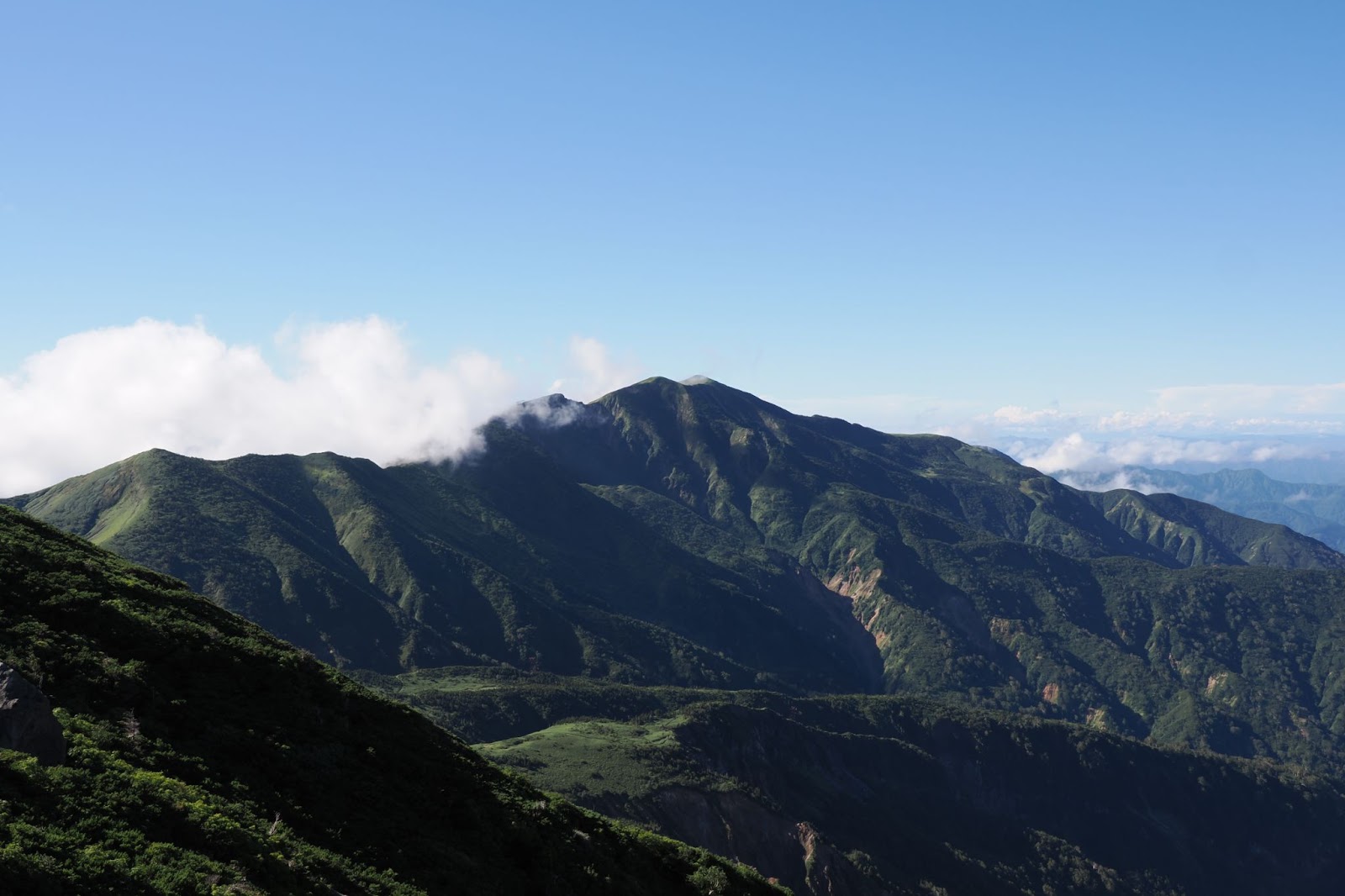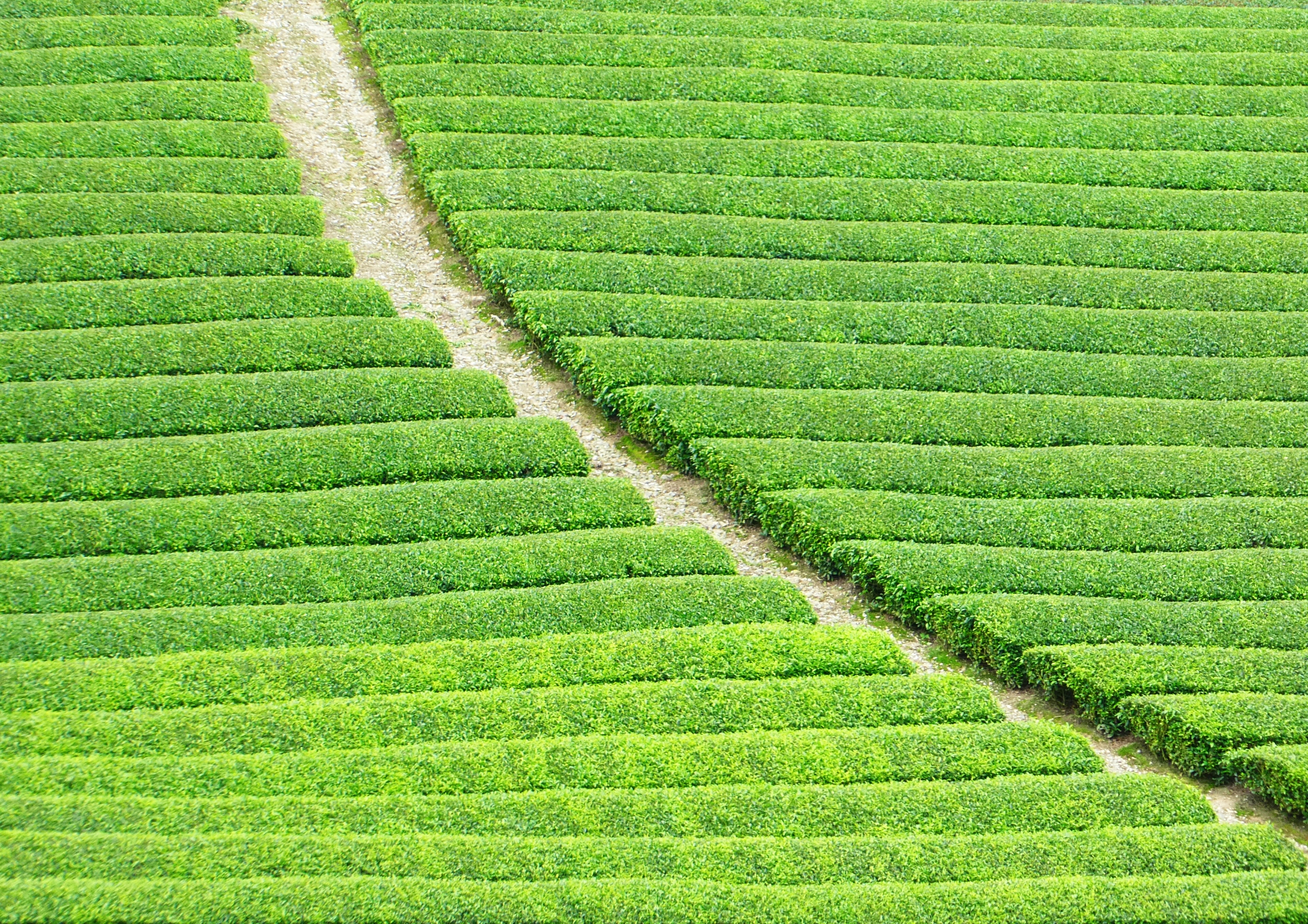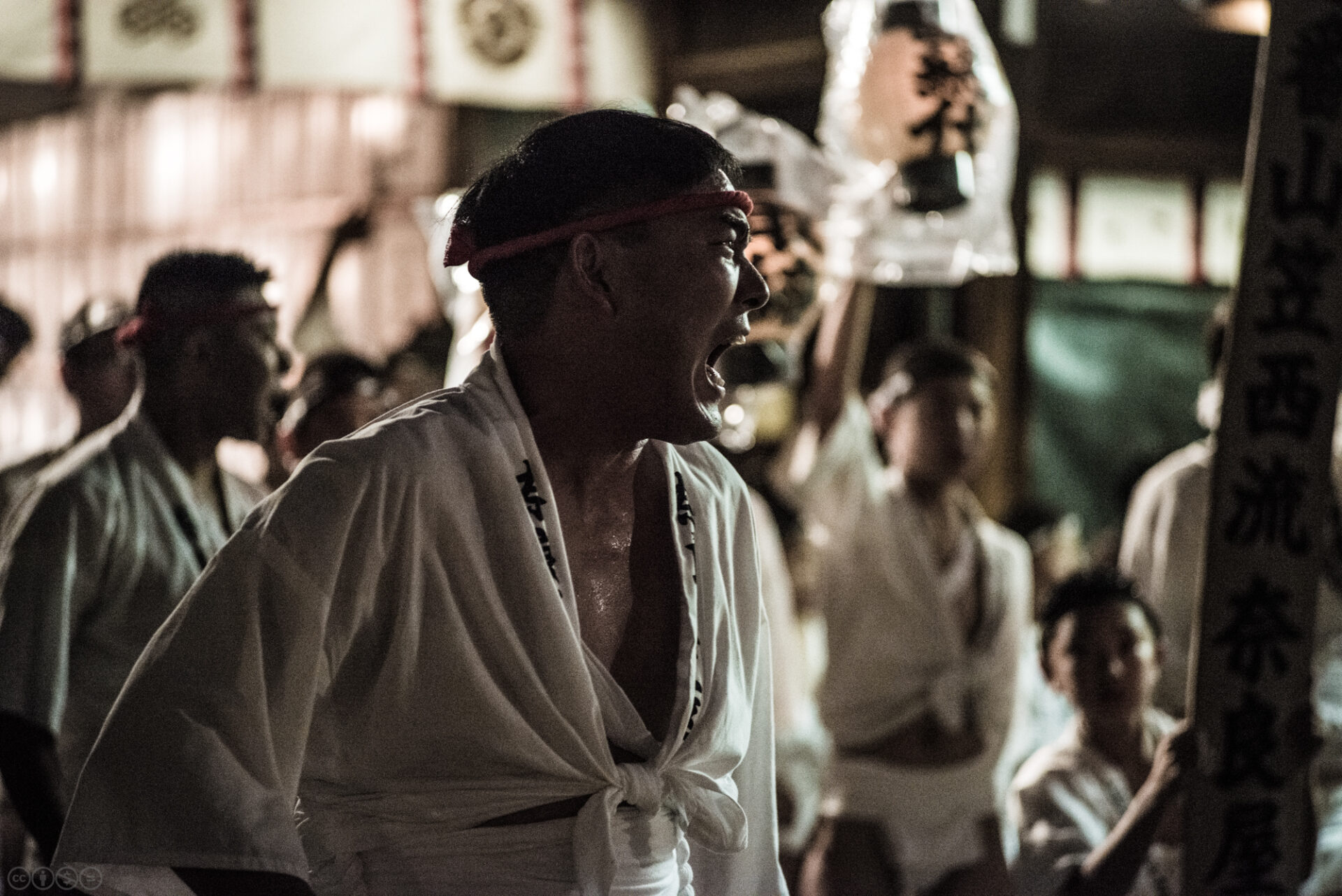If you’re looking for an intimate escape to the countryside of Japan and to feel connected to nature in one of the most immersive ways possible, then look no further than this remarkable adventure in Ishikawa prefecture. You’ll no doubt return with a profound sense of nature’s strength and deep understanding on a spiritual level. Read along and learn about how you can enjoy a one of a kind, nature-infused adventure that you can only find at Hakusan.
- History of Hakusan and About the Offering Festival
- Introducing the Experience and its Significance
- Highlights of the Experience
- Explanation of the Offering Festival Activities
- Detailed Itinerary:
- Application process and festival details
- Protecting the Prosperity of Shiramine
- Upcoming Events
- Related Videos
History of Hakusan and About the Offering Festival
Japan is a mountainous country with 70% of its landscape being covered by mountains. Yet, only three peaks claim the title of “Reizan” (霊山), or “Holy Mountain.” Mt. Haku or “Hakusan” is one of these and is home to much history and many spiritual traditions that have been prominent since ancient times. Because of this, the Offering Festival is held and consists of many parts, with climbing being one of the main parts. Ceremony and worship are especially important for becoming closer with and showing respect to nature, as well as experiencing a “blank space” where you will feel your senses and sensitivity to nature at depth.
Not only can you climb Hakusan, but you can also experience real Noh performance, folk music performance, bow-twirling ceremony performed by active sumo wrestlers, and traditional meals at this Offering Festival.
Introducing the Experience and its Significance
This deep, culturally profound experience in Shiramine, where spiritual culture remains thriving, is truly one that any devout nature lover should not miss. This adventure will be a delight for them as it showcases the deep respect and incredible devotion to nature and all of its forms found at the location and throughout the world. As appealing to nature lovers as it may be, this is an opportunity that is outstanding for anyone who wants to escape the grip of urban society or enjoy spirituality at its finest. “Animism” can be defined simply as the presence of spirit throughout all things in and of nature, and this concept is a focal point of the experience as well as shintoism in general. This spiritual culture represents Taicho, who is credited for founding the faith in Hakusan. Hakusan is where the spiritual culture of Japan remains strong, and is a place to experience the essence of the spiritual culture as it transforms and is reevaluated currently, considering turbulent times. Your group will be accompanied by knowledgeable guides; through them you will truly understand the depth of animism and its related concepts.
Highlights of the Experience
- A 4-day, 3-night adventure in the Shiramine area of Hakusan City, Ishikawa Prefecture
- The opportunity to join the “Offering Festival” and climb Hakusan, or Mt. Haku, which is one of the three holy mountains in Japan (Mt Fuji, Mt. Haku, Mt. Tateyama)
- Learn traditions and about animism/Shintoism through various cultural experiences:
- Climb Hakusan
- Watch a truly authentic Noh performance
- Enjoy a bow-twirling ceremony performed by sumo wrestlers that are currently competing
- Other great experiences throughout as well, like a traditional meal or folk music performance!
Explanation of the Offering Festival Activities
Climb Hakusan
You can’t fully appreciate the might of this mountain without climbing it! Hakusan is an ancestor of mountain worship, which is also part of Mahayana Buddhist practice. Shugenja (mountain ascetic) have ascended the mountain to express their gratitude to the gods of “nature” through this ascetic practice for many years. In order to truly feel the depth of this tradition and the importance of our connection to nature, you’ll be able to climb Hakusan. The sunset, sunrise, and starry skies seen beyond the summit yield a sense of ancient times. Back when we lived with only the sun, the moon, and the stars, there was nothing but a deep sense of meaning and appreciation for the way they moved and existed. After summiting and seeing the sunrise, “Kimigayo”, the Japanese National Anthem is sung. The lyrics reflect deeply all these values of connecting with nature, as well as harmony and respect in various ways. The lyrics also describe the thought that even though an individual is small, being mindful of our surroundings will help us become united overtime. The lyrics express this idea literally as small stones coming together to form strong, massive rocks over thousands of years, and that humans will too through mindfulness and consideration.
Noh Theater Performance
If you’re into plays and theater in general, this will definitely be a highlight- you’ll only be able to experience the authentic Noh performed in nature at the Offering Festival. Even though it is performed in front of an audience, Noh is actually meant for pleasing the gods of nature; it’s very interesting to view the performance while keeping this in mind. The pine trees depicted in the Noh theater are thought to be impressive. In fact, the dancing in Noh is not for people, but is dancing for the pine trees. In Noh, the story flows slowly, and the performer’s facial expressions and dialogue are limited. Noh is full of blank spaces that cannot be connected through reason, so there is much freedom of interpretation. In this experience, a Noh performance will be held for Hakusan. The meaning of dancing to Mt. Haku, rather than to human beings, is to express respect for nature rather than for individual human beings.
Yumitori-shiki
Just like the reason sumo wrestlers are named after their respective divinities (shikomei) such as XX-yama (mountain), XX-umi (sea), XX-gawa (river), XX-iwa (rock), etc., sumo was originally performed to please the gods of nature. Many shrines still maintain their sumo rings, and there are many areas like these where sumo tournaments are still held. Just as with the Noh performance, this is a great way to feel the devotion towards Hakusan. This year’s offering festival will close with a bow-twirling ceremony performed by active sumo wrestlers toward the sacred object of Yasaka Shrine; a profound performance that cumulates all the incredible heritage behind the festival.
Detailed Itinerary:
- Day 1
Meet at Kanazawa station at 12pm and take a bus to Shirayama Hime Shrine for a short visit. We will then reboard the bus and head to another place for orientation for the rest of the trip. After that we will head to Shiramine, Hakusan City and enjoy some free time and dinner before heading back to the accommodation and bedtime.
- Day 2
After breakfast, we will enjoy some activities in Shiramine (like walking around the town,and others). After, we will have free time for lunch, followed by the Noh performance. Then we will head back to the accommodation for dinner and bedtime.
- Day 3
We will first head to Betto Deai, and then start climbing Hakusan. On the way up we will participate in the Three Holy Mountains Symposium followed by dinner, sunset viewing, stargazing until bedtime, and stay at the accommodation called “Murodo,” where the shugenja stay during their practice.
- Day 4
We will start by climbing to the top of the mountain to watch the sunrise and enjoy breakfast. After descending the mountain, we will view an exhibition held by artists whose livelihoods resonate with the faith in Hakusan, followed by the bow twirling ceremony to finish the festival. Lastly, we will reboard the bus and arrive back at Kanazawa station by 7pm.
Please note that this schedule is subject to change
Application process and festival details
Application:
Fill out this form:
https://satoyamakaigi2024.com/fm/18436/4bAgIHin
The Offering Festival in Hakusan 2024
Date: August 17 (Sat.) to August 20 (Tue.), 2024
Location: Various areas and venues in the Shiramine area in Ishikawa Prefecture
Transportation: Scheduled to be guided by chartered bus from JR Hokuriku Shinkansen Kanazawa Station
Event details: Climbing Hakusan, viewing a Noh performance, an art festival that uses the entire Shiramine area as a field, a music festival by local students (scheduled to be held at a temple in the Shiramine area), Yumitori ceremony (Japan Sumo Association), etc.
Participation fee: 99,000 JPY (tax included, accommodation fee included)
Capacity: 100 people
Note: Capacity is limited and will be on a first come, first served basis.
Protecting the Prosperity of Shiramine
Shiramine area is one with such a beautiful, historical townscape that it has been designated as an Important Preservation District for Groups of Traditional Buildings. The village is surrounded by the rich nature of Mt. Hakusan and the Tedori River. In fact, the Hakusan-Tedori River Basin is one of the 10 UNESCO Global Geoparks/Ecoparks in Japan. As many parts of the world face challenges, Shiramine is no exception. Although the village is blessed with abundant nature, it suffers from heavy snowfall in winter and has been quite isolated in the past. In these beautiful yet harsh natural conditions, the people of Shiramine Village have long been grateful of nature and have developed a resilient way of life of constantly helping each other. However, with the recent decline in population and increase in the number of vacant houses, there are many hurdles to overcome in order to ensure the town’s future. In order to pass on the beautiful town where such a way of life prospers to the next generations, a year-round project to enliven Shiramine area through the renovation of vacant houses and the planning of sightseeing tours is being implemented. This Offering Festival is one of these efforts.
Upcoming Events
1. Houraku Sumo
“Houraku” means an event to offer something to the gods and Buddha. “Houraku Sumo” (Tenryo Sumo) in Shiramine is a dedication sumo match held on the premises of Yasaka Shrine in Shiramine in conjunction with the autumn festival. It’s held on the second Saturday of September every year. A tour is being planned that allows you to see sumo wrestling, which has existed in Japan since ancient times, along with the townscape.
2. Kuwajima Folk Song
Minyo is a traditional folk song in Kuwajima of Hakusan City since ancient times, and although there is currently a shortage of performers, there is a real effort to preserve them. If the Noh performance is intriguing to you, then you will definitely want to keep this chance in mind! A tour is being planned to see the history and presentation of such historic Minyo songs.
3. Hakusan Zenjodo Trail Mountain Climbing
Hakusan has long been an object of worship and is one of the three sacred mountains in Japan. People living in the surrounding area as well as shugenja (ascetic practitioners) and people from outside the region used to come to climb Hakusan. As a mountain for mountain asceticism, there were three roads leading to the mountain from Kaga, Echizen, and Mino regions. If mountain climbing is the most interesting part of the festival to you, you’ll be happy to know that a tour is being planned to learn about the history of Hakusan while climbing these three Shugendo paths.
4. Experience Lifestyles Deep in the Mountain Environment
Hakusan is home to many individuals who have a deep admiration for the profound nature that it provides, spanning generations to allow a unique lifestyle to thrive. If you are wondering what life is like and what traditions prosper in a uniquely remote area, then this is the opportunity for you. The “okuyama” people proudly practice sustainable methods and traditions throughout the seasons in this challenging environment, yielding wisdom and insight that you won’t be able to find elsewhere. A tour is being planned where you can learn about the “Yakihata” farming technique and “Honko Ryori” food culture in autumn to experience their way of living along the changing of seasons.


